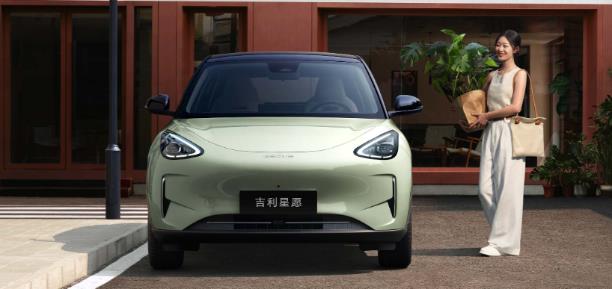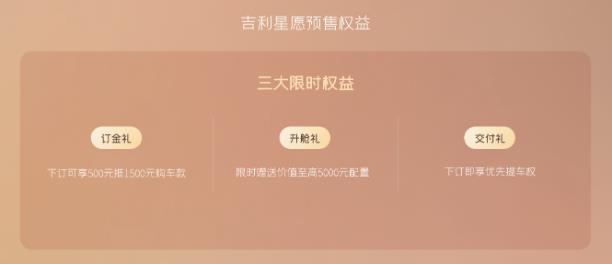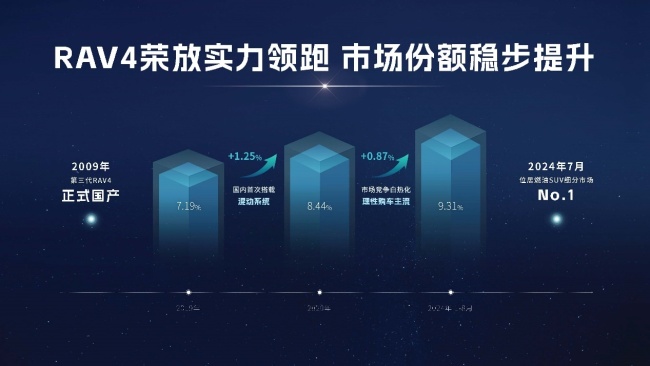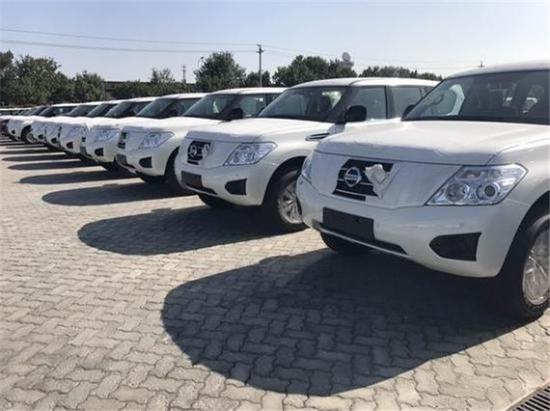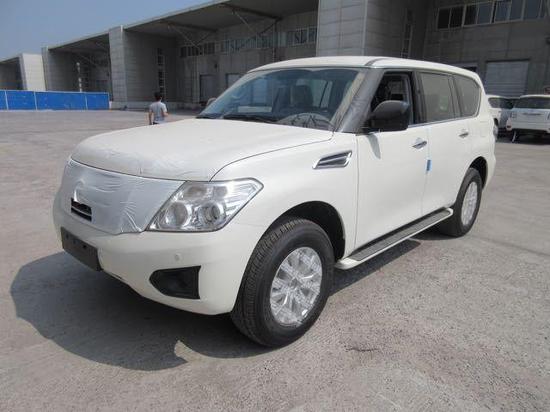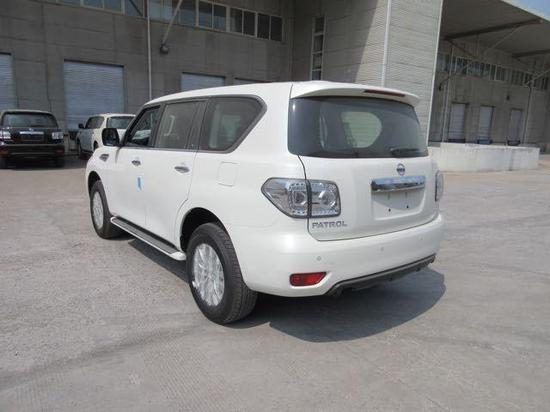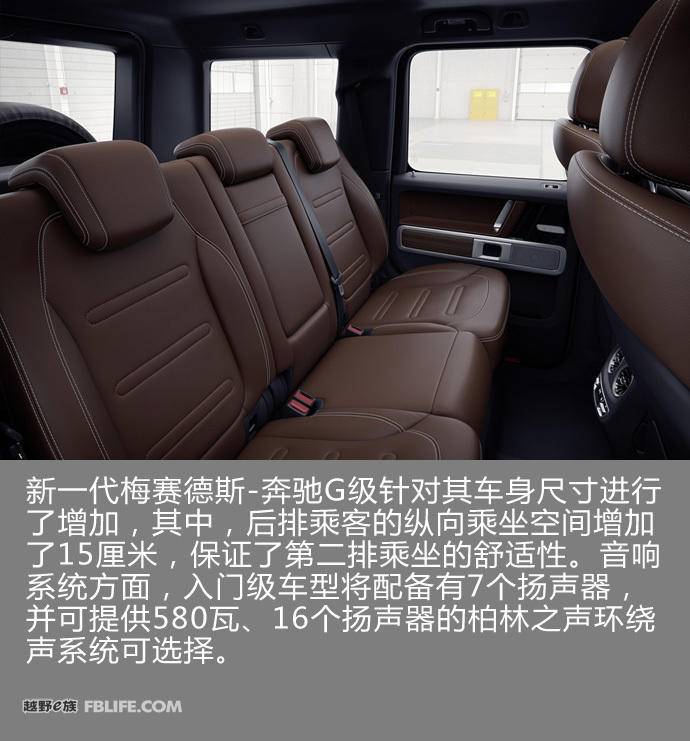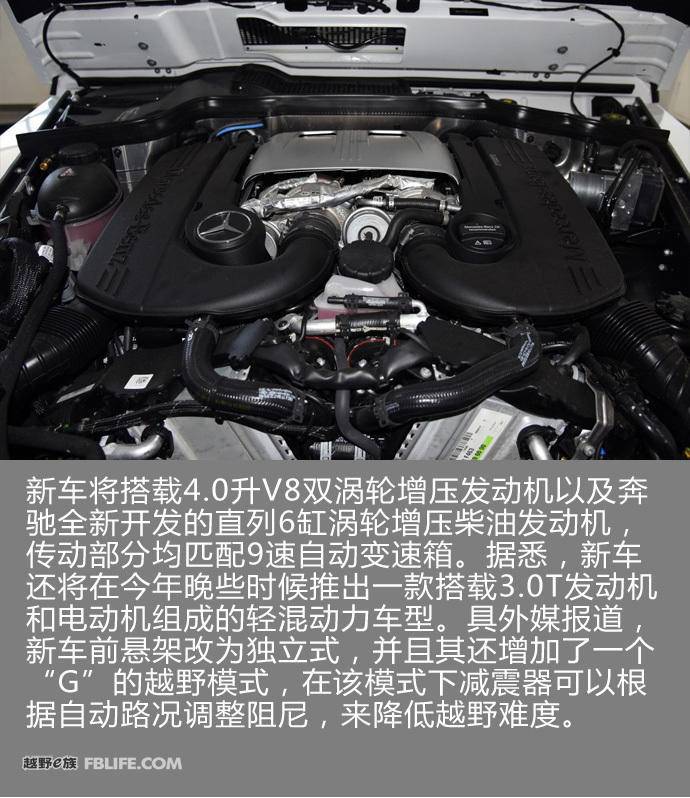Recently, all the college entrance examination candidates have received admission letters from their favorite universities one after another. There is also a "985" straight-A student in the car circle, who is about to meet you. It is the first global car launched by the new energy "national team" Lantu Automobile – Lantu bosom friend, with many industry firsts and the only top technical strength in the industry.
Lantu Zhiyin is called a "985" straight-A student because it has three core indicators – 901km ultra-long pure electric battery life, 800V silicon carbide platform, and 5C super fast charging technology. With such excellent product power, Lantu Zhiyin will surely rewrite the pure electric vehicle market landscape and become the most popular pure electric SUV among young families!
"9" – 901km long pure electric battery life, once charged, running for one month
A good tram, the battery must be strong enough! It must provide users with battery life guarantee, safety guarantee, and battery life guarantee. Lantu’s new generation of amber batteries uses the highest 212Wh/kg Top-level energy density battery pack in the independent research and development industry, with high specific energy single cells and four lightweight designs. Models equipped with 109kWh battery pack version have a battery life of up to 901km, the longest in the same class! It can run for a month on a single charge, allowing users to travel in cities or by car, always in full condition, and move forward with peace of mind.
Lantu’s self-developed amber battery safety has achieved full level, protecting your travel. Amber battery application industry’s highest 16-layer hard core structure protection, industry TOP-level 7-seal design, using the world’s most stringent 4 safety test technologies and the world’s most redundant test items, Buff is stacked layer by layer, truly achieving "no water, no leakage, no fire, no explosion, no thermal diffusion". With ultra-hard nuclear technology to protect safety at all times, Lantu’s confidant makes every trip more secure and more comfortable for users.
At the same time, you don’t have to worry about the life of the battery. The mileage attenuation of Lantu’s new generation of amber batteries is less than 8%, which is 7 times higher than the 300,000-kilometer attenuation required by the national standard. It can really run three generations of a battery!
In addition, Lantu’s confidant also has a super-saving ECO + mode, which is not panic when the power is in a hurry. After clicking to turn it on, the cruising range can be increased by 10%, helping users reach their destination safely, and it is a proper "power-saving king"! Bring users the ultimate pure electric battery life experience, making travel calm and reassuring.
"8" – global 800V silicon carbide platform, ultra-high efficiency does not waste every 1 ° of electricity
At the end ** April this year, Lantu Automobile held a ****** technical communication meeting in ******* and released a number ** "black technologies". Among them, one technology has attracted wide attention inside and outside the industry. It is the global 800V silicon carbide platform. Lu Fang, CEO ** Lantu Automobile, said, "In fact, there are only two domestic host factories that really have the ability to develop the full stack ** 800V silicon carbide platform. Lantu is one ** them."
So, why can Lantu develop a full-stack silicon carbide platform? This is because Lantu engineers have made breakthroughs in two of the most difficult technologies, one is the use of the latest generation of TMOS + in the industry, using Lantu’s self-developed 160nm "fine trench grid" chip technology, which can reduce energy transfer loss by 20%; the other is the first "hydrodynamic elliptical needle fin" patented design, which can reduce thermal resistance by more than 10%. These two industry-leading technologies allow Lantu’s silicon carbide platform to conduct heat better, dissipate heat faster, and efficiently transfer battery energy to the motor.
With the blessing of the global 800V silicon carbide platform, the operating efficiency of Lantu’s electric drive system under the CLTC standard has reached 92.5%, challenging the physical limit and reaching the first place in the industry! Such a high-efficiency electric drive has increased the efficiency of 400V electric drive by 3.5% compared with the industry, and increased by 0.5% compared with the industry’s 800V. Don’t underestimate 0.5%. This is a small step forward in data, and the industry has taken a big step forward. This is a leap forward in pure electric technology.
At the same time, the highest efficiency of the electronic control of Lantu’s bosom friend can reach 99.4%, and the highest efficiency of the motor can reach 98.3%, both of which are top in the industry! Especially in terms of the efficiency and stability of the motor, Lantu adopts the first domestic encircling waterfall oil-cooled motor system, which increases the heat dissipation area by 15% while reducing the components by 50%. The motor uses the shaft teeth of the industry’s highest-precision "aerospace-grade process", and the ultra-high precision is only equivalent to 1/20 of human hair, which can make the reducer more efficient, and the best state efficiency can reach 98.5%.
"5" – 5C super fast charging, bosom friends are always one step ahead
Run far, run fast, and replenish energy quickly. In order to give users a better pure electric travel experience, Lantu Zhiyin adopts self-developed 5C super fast charging. This fast charging system has five super fast charging technologies: ultra-electronic network cathode technology, graphite fast ion sub-ring technology, superconducting electrolyte formula, ultra-thin SEI film, and high porosity isolation film. It has the 5C charging rate of the first echelon in the industry. It can easily achieve a 15-minute battery life of 515km. There is no need to wait for a long time to kill patience. Just a cup of coffee can have worry-free mileage and continue to explore. Regardless of the sky, the wide temperature range from -10 ° C to 40 ° C, Lantu Zhiyin can achieve super fast charging, and the charging time will not exceed 20 minutes even in the low temperature area of -10 ° C.
In addition, Lantu has also developed the world’s first megawatt-level charging pile, with a maximum support of 8C, a peak power of up to 1000kW, and a peak current of up to 1000A. It realizes dual overcharging of vehicles and piles, allowing for instant charging and worry-free replenishment.
The rim is "985", and the confidant is always with you. Lantu will adhere to the user-type technology enterprise concept, continue to lead the industry trend and rewrite the new market pattern with upward and forward innovation technology. With a long battery life of 901km, equipped with the industry’s strongest three electric vehicles, the strongest smart cabin and smart driving, the new pure electric SUV Lantu confidant will surely win the recognition and love of more young family users, and bring more comfortable, warm and safe new travel experiences to more users.
